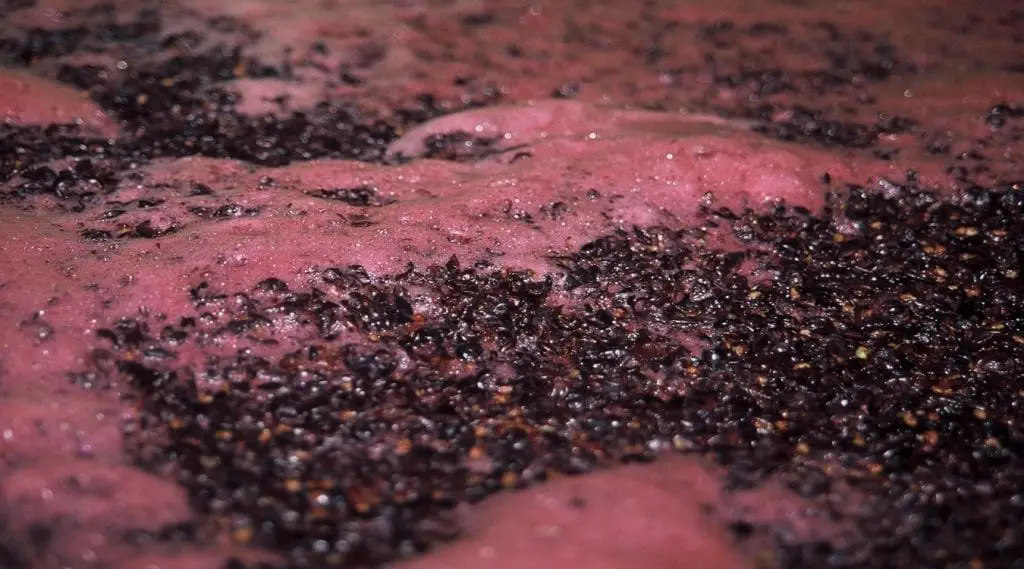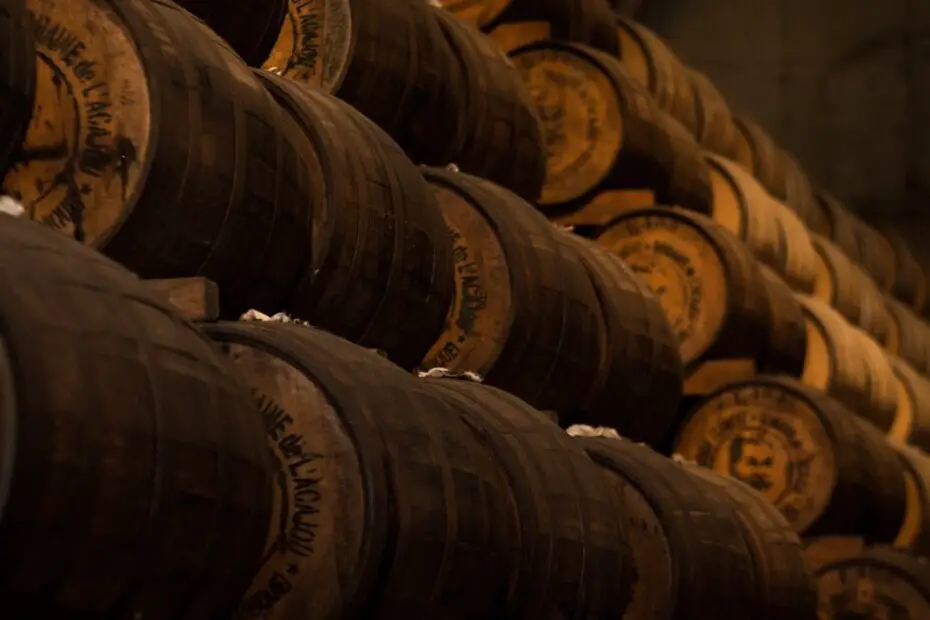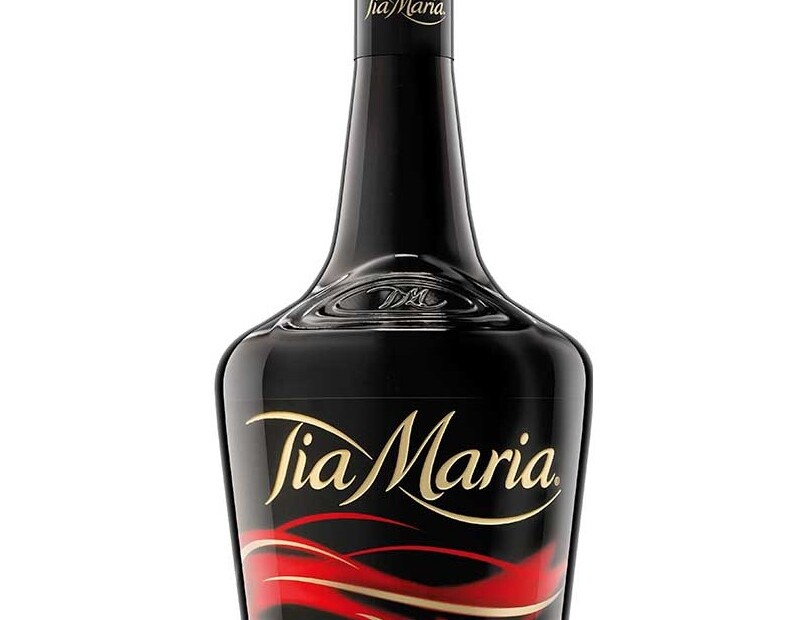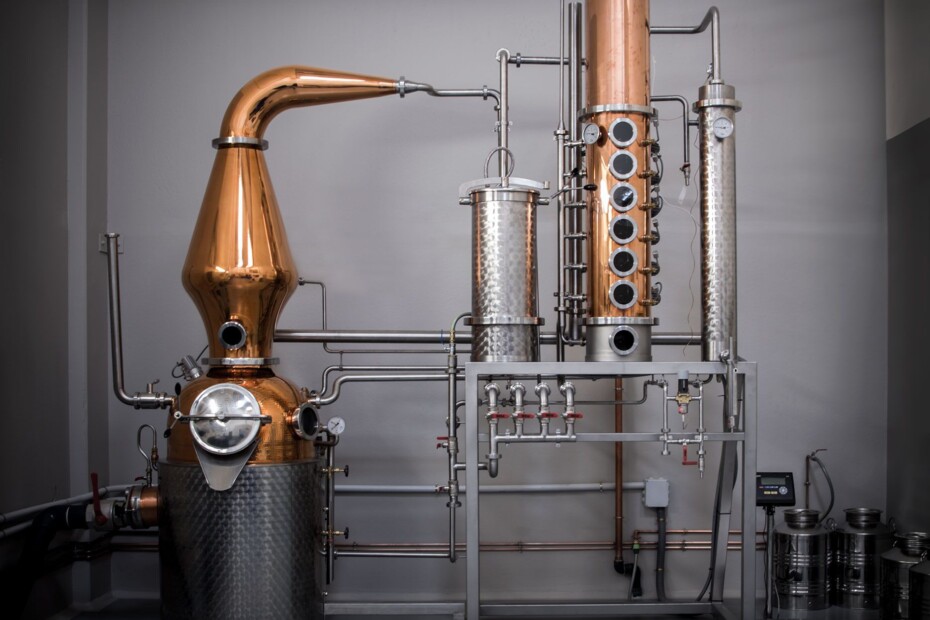Fermentation is a biochemical process through which one organic substance is transformed into another, which is why there are different types of fermentation, including alcoholic fermentation.
Alcoholic fermentation gives rise to beverages such as wine, beer or cider, among others, which is why knowing more about this biological phenomenon that gives rise to alcohol is a topic of interest to many people. Join us on this occasion to discover all about alcoholic fermentation and learn more about this incredible topic.
what is Alcoholic Fermentation?
Alcoholic fermentation, also known as ethyl fermentation, is a biological fermentation process in the complete absence of oxygen. This action is generated thanks to the activity performed by some microorganisms that process carbohydrates such as sugars, glucose, fructose, sucrose or starch, to obtain as final products an alcohol in the form of ethanol.
what is the Alcoholic Fermentation Process?
Alcoholic fermentation is an anaerobic process carried out through the use of yeasts and some types of bacteria. To do so, sugar molecules, glucose, starch, etc. are fragmented or dissociated, thus obtaining the energy necessary for the microorganism to live and produce alcohol and CO2.  Alcoholic fermentation begins once the glucose enters the cell, where it is degraded into a pyruvic acid, then this acid is converted into CO2 and ethanol. But alcoholic fermentation is not only an anaerobic process, it is also an exothermic process, since it releases energy, as well as ATP molecules from which a total of two molecules are released for each glucose molecule processed. For a complete alcoholic fermentation to take place, some conditions are necessary:
Alcoholic fermentation begins once the glucose enters the cell, where it is degraded into a pyruvic acid, then this acid is converted into CO2 and ethanol. But alcoholic fermentation is not only an anaerobic process, it is also an exothermic process, since it releases energy, as well as ATP molecules from which a total of two molecules are released for each glucose molecule processed. For a complete alcoholic fermentation to take place, some conditions are necessary:
- The sugar concentration should be between 10 – 18 %
- The pH should be between 4 and 4.5
- Use Saccharomyces cerevisiae yeast as the microorganism
- There must be a complete absence of O2 and presence of phosphates
- The fermentation temperature should be between 15 – 25ºC, since above 30ºC the alcohol evaporates and the yeasts die.
This process has its origins in antiquity, and the Greeks were already using it to produce beverages and even foodstuffs. Over the years, it was the starting point for different types of research aimed at discovering the secret that allowed fermentation to take place.
Nobel Prizes, research by renowned scientists and different chemical discoveries gave voice to the fermentation process we know today. The same yeast, the common yeast also known as Saccharomyces cerevisae, is used to make beer, bread and wine.
what is the alcoholic fermentation of wine?
The alcoholic fermentation of wine is very ancient, so much so that the Bible mentions its process, which is why we can say that it is one of the best known throughout the world. The yeasts responsible for its fermentation are microscopic fungi found naturally in the grape skins. The main yeast species used in winemaking are usually Saccharomyces cerevisiae, although we can also use S. bayanus and S. oviformis.  The wine is made through an alcoholic fermentation of the vine in stainless steel containers, called tumultuous fermentation, due to the high boiling that occurs during a period of approximately ten to fourteen days. Fermentation usually ends naturally when the yeasts run out of nutrients, so the wine is fermented to dryness, which means that all the sugar initially present in the must has been transformed into alcohol.
The wine is made through an alcoholic fermentation of the vine in stainless steel containers, called tumultuous fermentation, due to the high boiling that occurs during a period of approximately ten to fourteen days. Fermentation usually ends naturally when the yeasts run out of nutrients, so the wine is fermented to dryness, which means that all the sugar initially present in the must has been transformed into alcohol.
However, there are occasions when the level of sugar in the must is so high that combined with the alcohol produced during fermentation it kills the yeast before it is completely transformed into alcohol, resulting in a sweet wine. Fermentation can also be stopped artificially before its completion by filtering or centrifuging the wine, an action that is implemented to remove the yeasts or eliminate them by procedures such as pasteurization or the addition of alcohol.
Once this time has elapsed, in some cases a second fermentation is carried out in other containers used for racking the young wine. If a red wine is to be made, fermentation must take place at a temperature of between 20°C and 30°C, while if a white wine is to be made, the temperature must be low and range between 10°C and 15°C.




